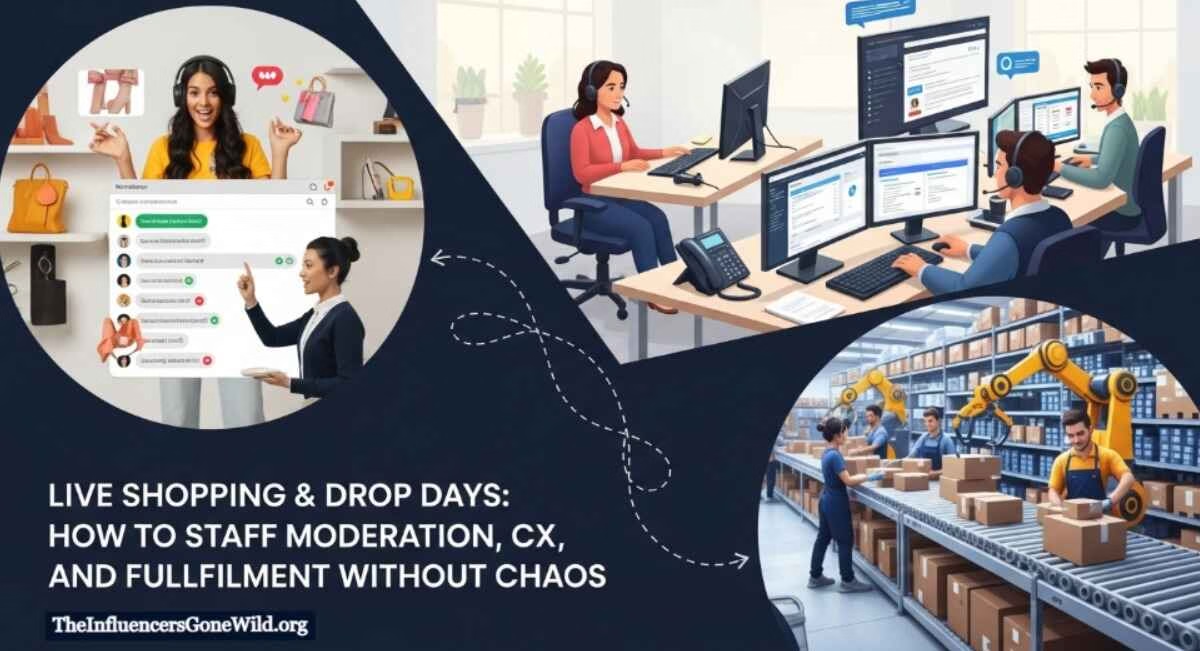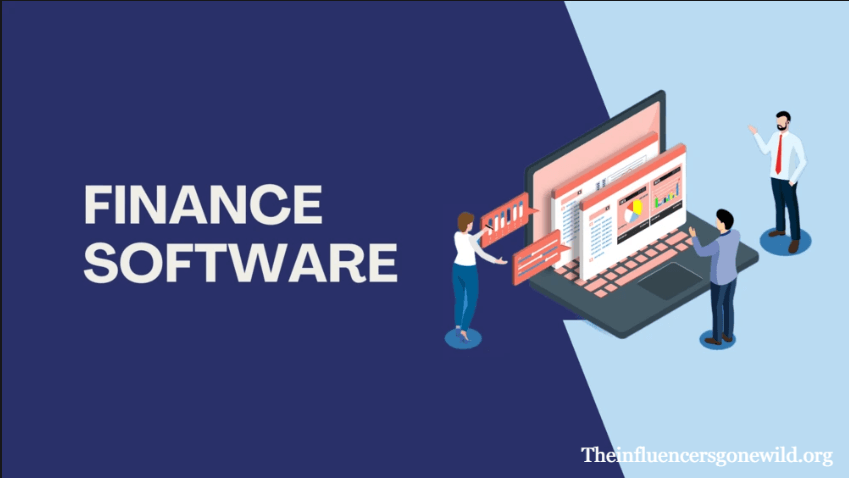Live shopping looks effortless on camera—creator jokes land, carts fill, comments fly. Backstage, it’s organized turbulence. A single giveaway code can triple chat volume in 30 seconds; a glitchy payment step can turn hype into refunds. The teams that keep the show smooth don’t “add more bodies,” they design coverage by channel and minute, guided by social commerce staffing software that turns a promo calendar into a living roster.
Map the waves you’ll actually surf
Every show produces distinct surges: a pre-show warmup (tech checks, asset loads), a go-live spike, promo bursts when codes/links drop, and a post-show echo as replays convert. Plot those on a simple timeline with three data sources—historical uptake per creator, paid push times (email/SMS/social), and checkout drop-off points. Staff to the wave, not the average.
Translate the timeline into coverage for zones, not job titles:
- Chat moderation & community (spam filters, FAQ macros, sentiment watch)
- CX escalation desk (orders, payments, address edits, code conflicts)
- Creator desk (link/scene cues, product FAQs, price checks)
- Fulfillment control (stock gates, back-orders, pick/pack priority)
- Post-show inbox (returns, refunds, “where’s my order?”)
The four roles that prevent meltdowns
1) Chat Captain. Owns comment velocity and signal-to-noise. Enforces slow mode when needed, pins links, routes emerging issues (“lots of ‘code not working’ at minute 12”). One person who sees the whole room keeps everyone else sane.
2) Escalation Engineer. Not an “agent”—a problem-solver. Has direct access to payment logs, discount rules, and OMS flags. Resolves 80% of “code/cash/cart” pain without paging a developer.
3) Stock Marshal. Talks to the warehouse in human time, not batch time. Freezes a SKU when real inventory lags, swaps the link to an alternate bundle, or flips a back-order when it’s safe.
4) Creator Sidekick. Sits next to the host or in their ear. Feeds the next link, answers “do we ship to X?”, and nudges the pace when the queue heats up.
Around the midpoint of any big show, planned coverage and reality drift. Mid-shift steering sticks best when every lead can see a live performance dashboard: current chat backlog, median response, cart step drop-offs, payment error rate, and units per minute by SKU. If one line wobbles, move one person for 20–30 minutes—don’t blow up the plan.
Micro-shifts ride the hype better than eight-hour blocks
You don’t need all hands all night. Create three–four hour micro-shifts that hug the high points: T-30 to T+30 (go-live), the code drop, and the replay echo. Add 20–30 minutes of overlap at handoffs so context survives—what’s pinned, which SKU is hot, which macro is working. Protect people from fatigue with no close-open sequences and rotations off high-intensity posts every 60–90 minutes. Tired teammates are where tone, and therefore conversion, dies.
Moderation is revenue protection
Unmoderated chat isn’t “edgy,” it’s conversion poison. Prepare:
- Macros for the top 10 questions (shipping, sizes, returns, materials, care).
- A fast lane for purchase blockers (code conflicts, card rejects, address edits).
- A sentiment tripwire—if “not working” or “scam” appears over threshold, the Chat Captain pings the Escalation Engineer, not the creator, to fix the root cause.
- Clear rules for bans/timeouts and a public reminder when slow mode is on—calm beats speed when bots swarm.
Links and codes: treat them like runway lights
Most “the code doesn’t work” storms are logistics, not fraud. Lock a single source of truth for links/codes the creator will use, version them, and test each one on a clean device 5 minutes before go-live. If a bundle flips OOS mid-show, do not kill momentum—have an alternate bundle and a macro ready: “Blue S sold out—here’s the Midnight bundle with the same deal.” A tiny substitution saves a train of refunds.
Fulfillment: fix the first hour after the show
Hype makes promises the warehouse has to keep. Prime three safeguards:
- OMS throttles on fragile SKUs so you don’t oversell by accident during the hottest 10 minutes.
- Pick/pack priority rules for show orders—speed keeps sentiment high when the replay hits.
- A 60-minute post-show “fix desk.” Address corrections and payment retries handled in one pass reduce cancellations by more than any speech about “customer obsession.”
Small signals that warn big trouble
Watch a handful of early-warning lights during the show:
- Comment velocity vs. mod capacity (comments/minute per moderator)
- Cart step fall-off (product → shipping → payment)
- Payment error clusters (bin ranges, wallets, one PSP)
- SKU depletion rate (units/minute vs. safety stock)
When one trips, don’t ask for a meeting—act: slow mode on for two minutes, swap primary link, widen payment retries, or pin a shipping clarification. The creator keeps the energy while ops clears the jam.
A fast vignette: the code storm at minute 12
A beauty brand dropped a BOGO at 12:10. Comment velocity doubled; “code not working” spiked. The Chat Captain set slow mode, pinned a “BOGO applies at cart” macro, and escalated to the Engineer, who spotted a formatting mismatch for Apple Pay. The Stock Marshal flipped the link to a pre-built bundle while the fix rolled. Within 8 minutes, payment success rebounded, the creator stayed playful, and post-show refunds landed below baseline. No heroics—just choreography.
Measure what the CFO cares about (and the crew can steer)
- Contribution margin per minute during the live window
- Refund/return rate for live-only SKUs vs. baseline
- Median first response in chat and % resolved without escalation
- Units per minute for top SKUs and time-to-OOS (with substitution rate)
If these trend the right way after each show, lock the playbook and roll it across creators; if not, adjust micro-shifts and macros, not your whole strategy.



